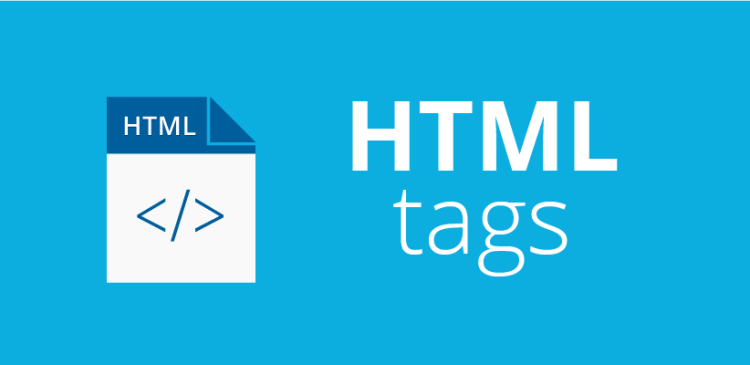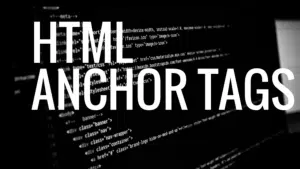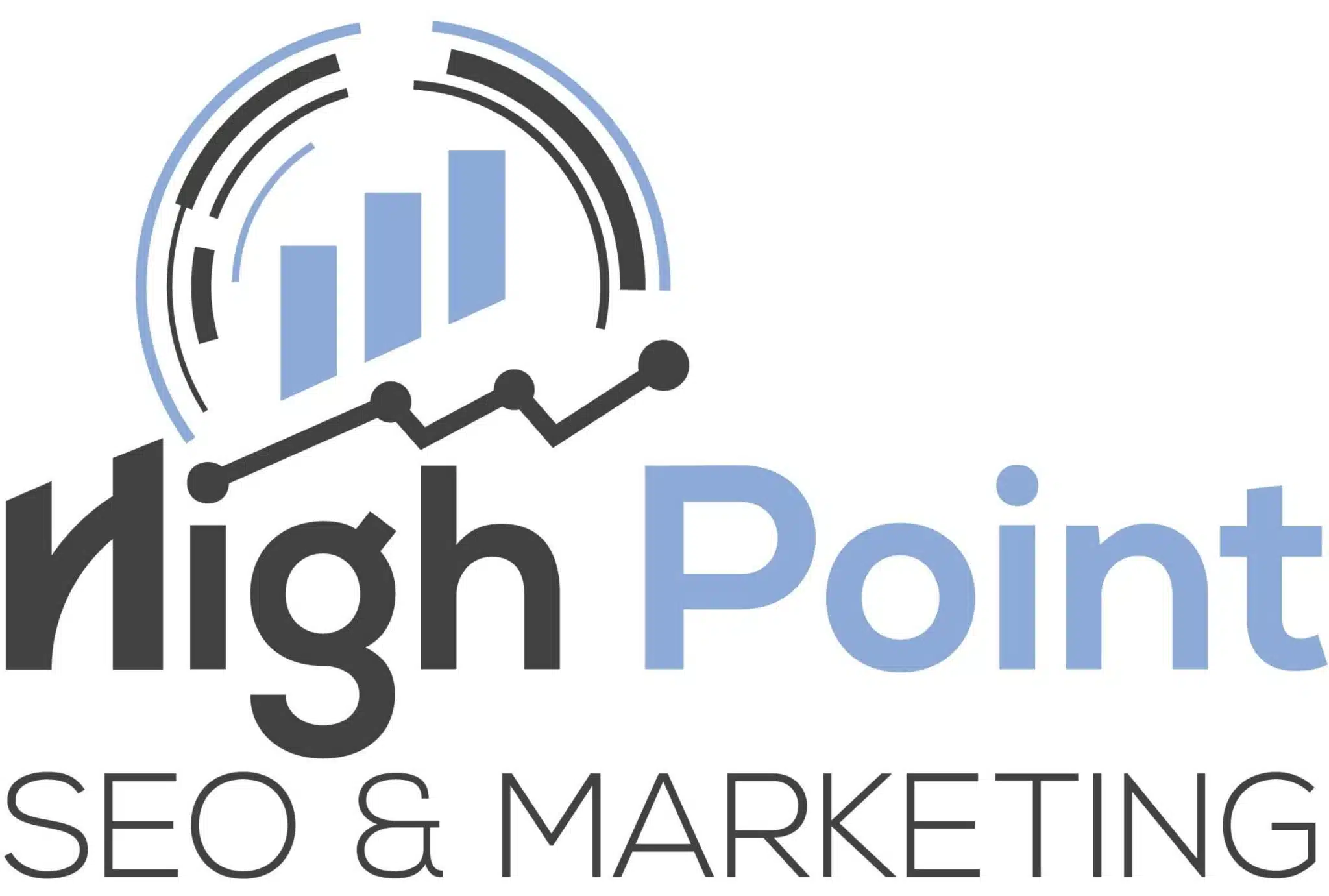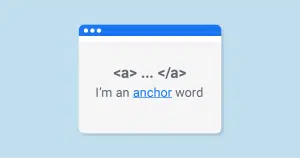Which HTML Tag Designates Links to Other Web Pages?

Hyperlinks can be one of the most essential components of the World Wide Web environment. They enable web links from one web page and web resource to another, which assist users in traversing in one sequence from page to page. In HTML, a hyperlink is tagged by the anchor (<a>) tag. By definition, this tag is responsible for formatting the formation of links within a web page.
The Anchor Tag
The anchor tag developed in HTML is written as <a>, and the corresponding closing tag is </a>.

Here is the basic syntax:
<a href=”URL”>link text</a>
The key components are:
href – the link label offering the URL to the destinations
Link description – the text that appears on the screen and can be clicked
For example:
<a href=” https: Refer to our website by clicking the link here <a href= “http://www.example.com”>Visit Example.com</a>
This creates a hyperlink with the text “Visit Example.com” linking to the URL https://www.example.com.
Linking to Other Web Pages
In its most basic usage, the anchor tag is applied to create links to other web pages. This involves entering the URL of the target web page in the href attribute.
For example:
Our other website links are: <a href=http://www.premier-education.org/about.html> About Us</a>
This will be linked to the current website’s “About Us” page.
You can also link to specific anchor IDs on other pages by appending the ID to the URL:
See the list of critical features <a href=” more-details.html#key-features”>below</a>.
This will connect the down arrow to the critical features section.
Linking to Other Websites
You can create external links to other websites simply by providing the fully qualified URL:
<a href=”https:According to <a href=“http://www.wikipedia.org/”>Wikipedia</a>
This will connect to the Wikipedia.org homepage.
New Tab / Window Opening Links
As a default option, the links will open in the same browser tab when clicked. You can optionally specify for the link to open in a new tab using the target attribute:
<a href=”https:; …
<a href=”//www.google.com/”>Google</a>
Now, when clicked, this link will open Google.com in a new browser tab.
Web Page Anchors and Bookmarks
Besides making it possible for you to link to other pages, the anchor tag also allows you to create targets within the current page that can link to client-side page anchors. This is achieved by providing an ID attribute on an element, which is down the page, and then linking to it.
For example:
Here are some of the services we offer, which can be categorized into major and minor.
…content in between…
Learn more about Our Services <a href=”#services”> Click Here</a>
The # means that instead of a link to a URL, we are linking to an ID within that specific page. When clicked, this will shift the page to reveal the “Our Services” heading below.
Link Styling and Attributes
You can apply various styling and events on links using the appropriate attributes:
“` About Because the home page is simply an index of what is inside the site, the logo leads to the home page, which is given also as contact.
[ Return to Banner ]“`
This shows the application of more link functionality that is typically not offered by HTML by the use of CSS classes, HTML IDs and JavaScript event handlers. Altogether, the anchor <a> tag is the most important HTML tag that defines and styles connections between the pages and websites to other web pages
You can apply various styling and events on links using the appropriate attributes:
“`<a href=”about.html” class=”menu-link”>About</a>
<a href=”contact.html” id=”contact-link”>Contact</a>
<a onClick=”clicked()” href=”#banner”>Back to Top</a>“`
This illustrates using CSS classes, HTML IDs, and JavaScript event handlers to provide richer link functionality.
Conclusion
In summary, the anchor <a> tag is the critical HTML element used to designate and format hyperlinks across web pages and websites. The href attribute tells where it wants to go, and the link text determines what the user is going to see. Styling, behavior, and target windows are other attributes that can improve links. Knowing anchors is essential when either reading or writing hypertext because it forms one of the main components of hypertext systems.


 Bill Yeager, Co-Owner of High Point SEO & Marketing in CT
Bill Yeager, Co-Owner of High Point SEO & Marketing in CT